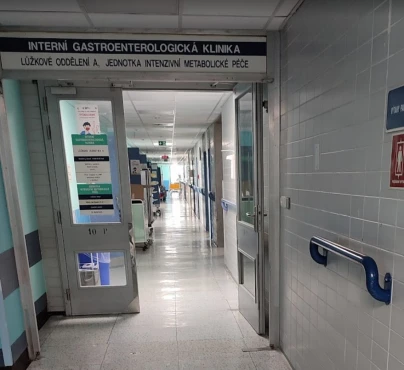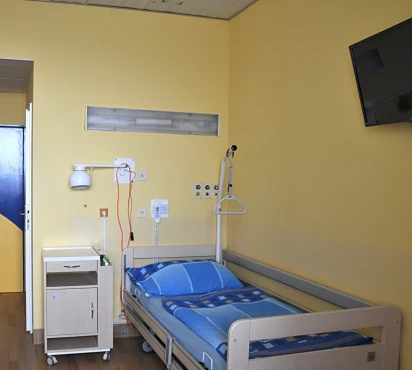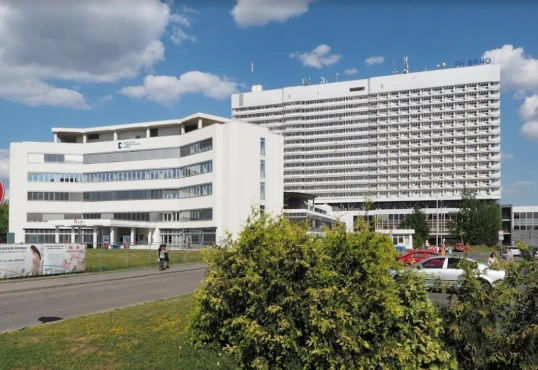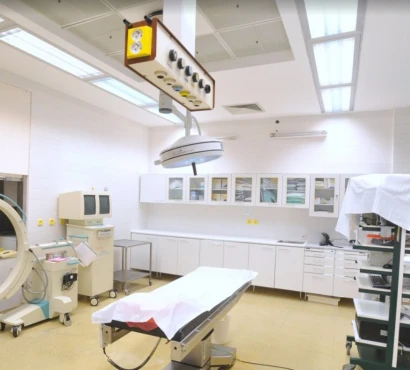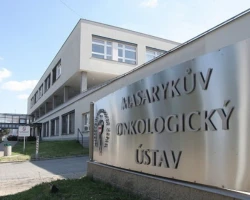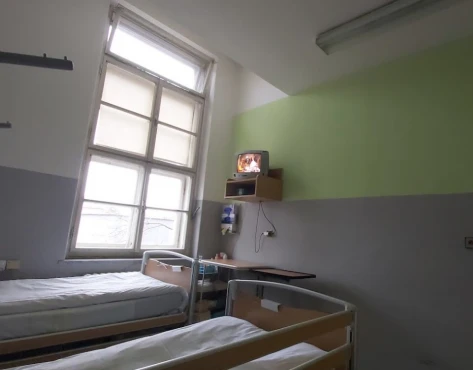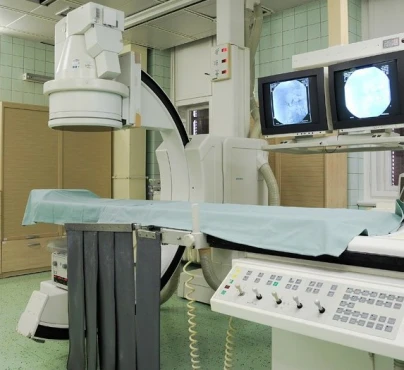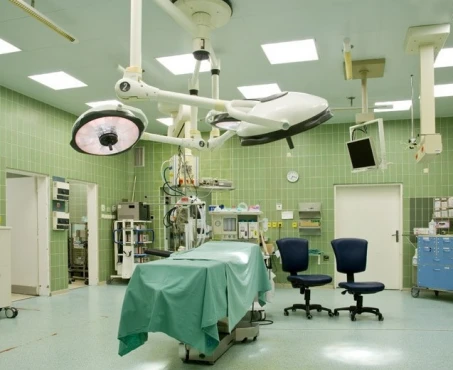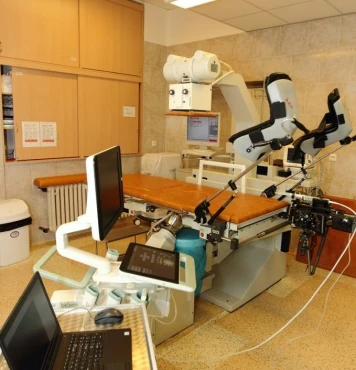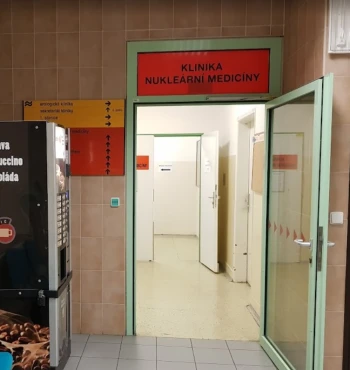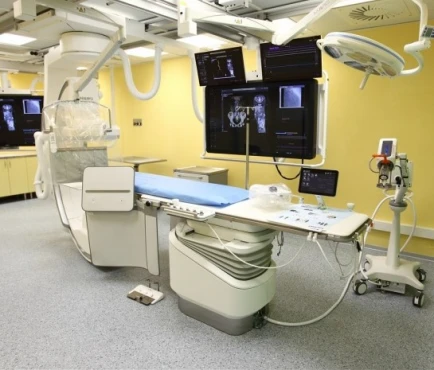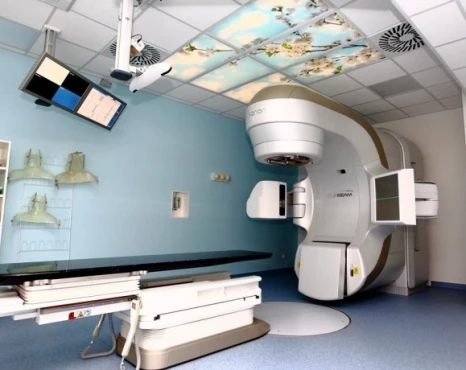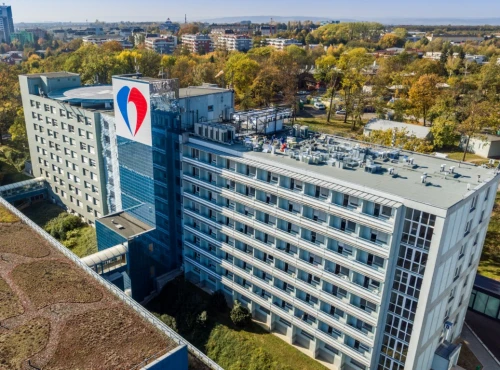from Petr Štěpnička
December 07, 2023
The hemorrhoid surgery and subsequent hospitalization went perfectly. I highly appreciate the helpful and friendly attitude of the doctors, nurses and other staff. The surgery department is very nicely renovated, in every room a clean modern shower, toilet, Smart TV, WiFi. The food is very tasty by hospital standards. Thank you very much for the pleasant course of hospitalization.
from Martin
November 08, 2023
We completed the birth and follow-up care at the hospital.
I positively acknowledge a parking lot with sufficient capacity and a price of CZK 10/hour. I also really liked the breakfast buffet concept. Of course, the quality of the food corresponded to the amount paid by the client for health insurance. The hospital's equipment also matches the price.
The birth took place normally, thanks to extra-standard care (own midwife and doula). A very noisy renovation was taking place in the hospital, when the client's bed was also vibrating. So it was necessary to leave the hospital earlier.
The behavior of the staff corresponds to the 20s of the 21st century in the Czech Republic. In other words, normal and nice during normal communication. In case of problems, arrogance and threats start. Some of the staff also only speak broken Czech.
Overall, the vaunted Czech care has once again shown what it really is. No one died and in this case no one has any lasting effects, but would anyone want to go through it again?...No........I recommend considering the alternative of not paying for the birth in Germany or Austria.
It can be stated that the care provided fully corresponded to the amount of health insurance paid in the Czech Republic.
from Eva Krajcikova
September 14, 2023
Very unprofessional attitude of some doctors (Nguyen Duc, M.D. does not understand and is not interested in you and nurse Adéla is arrogant) in the gynecology department. Of course they will accommodate you and nothing is a problem, but my personal experience with this hospital is disastrous. In the winter of 2023, I underwent a hysterectomy. I was to be operated on by MUDr. Radek Poláček, who was absent at the time and no one informed me. All the pre-operative examinations were negative. After the operation, Mudr. Josef Hajči, who finally operated on me, came to me and told me that he had no information about me in the card and that he was sorry, he was very tired and we accidentally removed one ovary. After the operation, the drip dripped out of my vein, my hand was swollen, when I called the nurse she scolded me. They will never see me in this hospital again, although they have new equipment, but humanity and professional behavior are missing.
it was the fourth one's turn and by mistake
he also removed the ovary ovary










